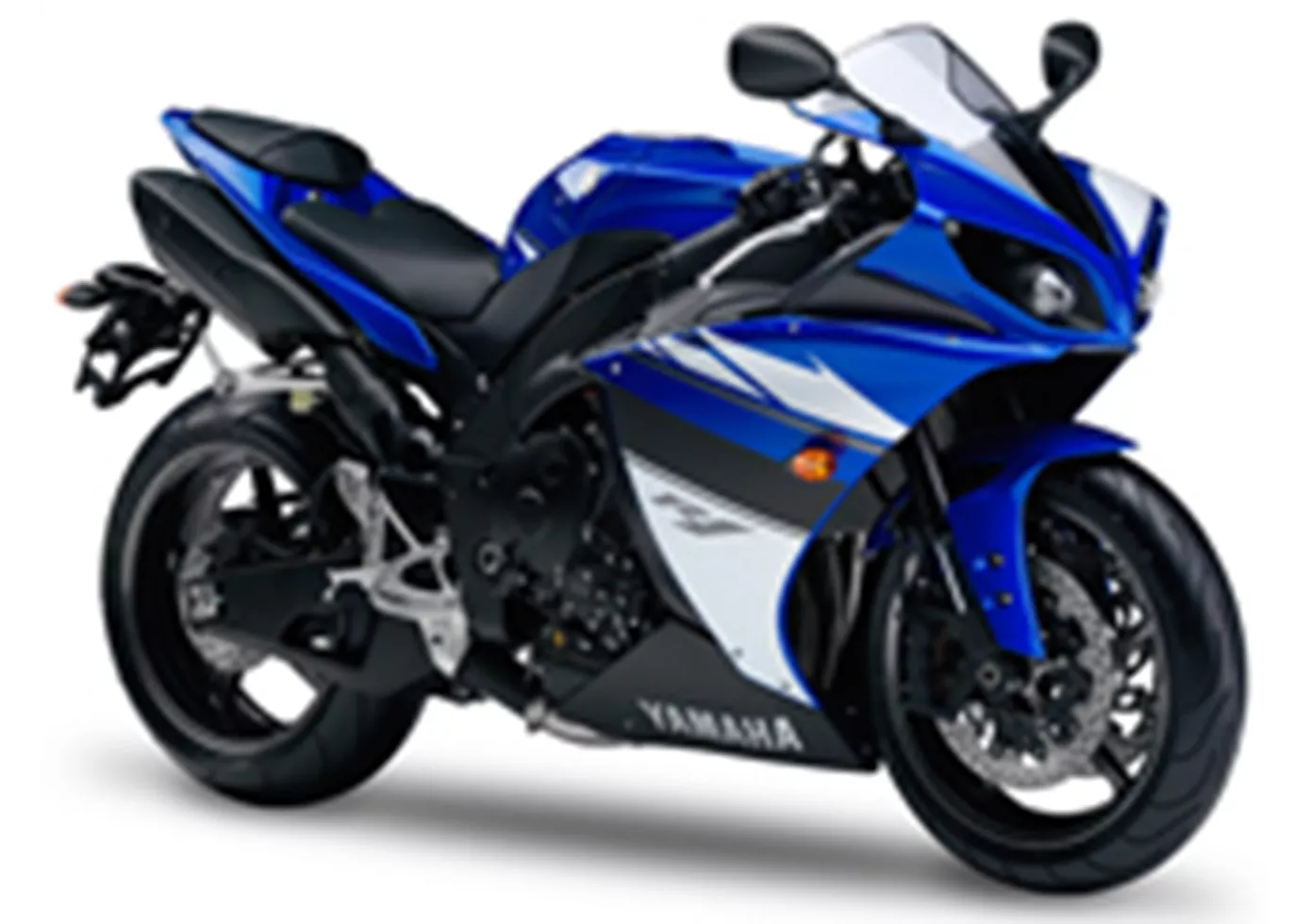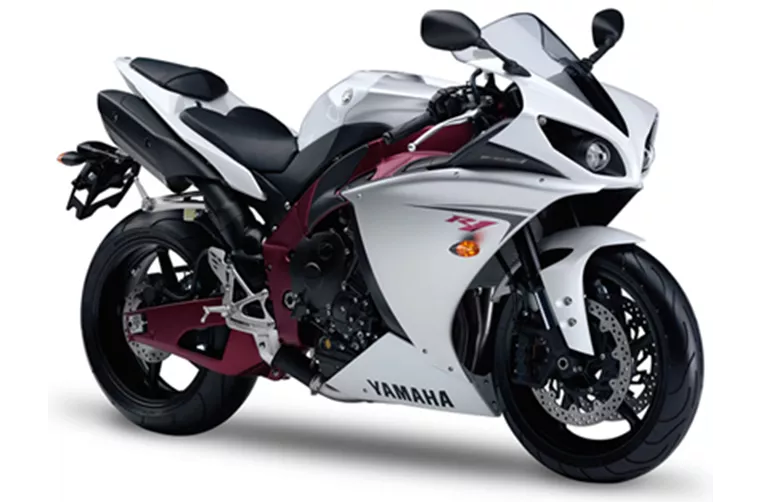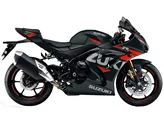Yamaha R1 2009 vs. Suzuki GSX-R 1000 2017

Yamaha R1 2009

Suzuki GSX-R 1000 2017
Visão geral - Yamaha R1 2009 vs Suzuki GSX-R 1000 2017
The Yamaha R1 2009 and the Suzuki GSX-R 1000 2017 are both supersport motorcycles that offer powerful performance and advanced features. However, there are some notable differences between the two models.
In terms of the engine and drivetrain, both motorcycles have inline four-cylinder engines with similar displacements. The Yamaha R1 2009 has a displacement of 998cc, while the Suzuki GSX-R 1000 2017 has a slightly larger displacement of 999cc. The Yamaha R1 2009 produces 182 horsepower and 115.5 Nm of torque, while the Suzuki GSX-R 1000 2017 boasts a more impressive 202 horsepower and 118 Nm of torque. The Yamaha R1 2009 has a compression ratio of 12.7, while the Suzuki GSX-R 1000 2017 has a higher compression ratio of 13.2. Both motorcycles have DOHC valves and a four-cylinder configuration.
In terms of suspension, both motorcycles feature a telescopic front fork and a swingarm rear suspension. However, the Suzuki GSX-R 1000 2017 has an upside-down telescopic front fork, which offers improved stability and handling compared to the conventional telescopic fork found on the Yamaha R1 2009.

Yamaha R1 2009
Both motorcycles have aluminum frames, which provide a lightweight yet rigid structure. The Yamaha R1 2009 features a Deltabox frame, while the Suzuki GSX-R 1000 2017 has a dual-tube, twin-spar frame. Both frames contribute to the overall stability and handling of the motorcycles.
In terms of braking, both motorcycles have dual-disc front brakes. However, the Yamaha R1 2009 does not specify the type of brakes used, while the Suzuki GSX-R 1000 2017 features dual-disc brakes with advanced technology.
In terms of dimensions and weights, both motorcycles have 17-inch front and rear tires and a similar wheelbase. The Yamaha R1 2009 has a wheelbase of 1415mm, while the Suzuki GSX-R 1000 2017 has a slightly shorter wheelbase of 1410mm. The Yamaha R1 2009 has a seat height of 835mm, while the Suzuki GSX-R 1000 2017 has a lower seat height of 825mm. The Yamaha R1 2009 has a larger fuel tank capacity of 18 liters, while the Suzuki GSX-R 1000 2017 has a slightly smaller fuel tank capacity of 17.5 liters.

Suzuki GSX-R 1000 2017
In terms of strengths, the Yamaha R1 2009 is praised for its sophisticated sound, powerful performance, easy handling, hydraulic preload adjustability, and high level of finish. On the other hand, the Suzuki GSX-R 1000 2017 is commended for its high-revving engine, seamless torque curve, superb stability in corner exits and radius, excellent gearbox, high-quality chassis, and outstanding performance on fast tracks.
In terms of weaknesses, the Yamaha R1 2009 is criticized for its suboptimal seating position and somewhat challenging long-distance curves. Meanwhile, the Suzuki GSX-R 1000 2017 lacks adjustable engine braking.
Overall, both the Yamaha R1 2009 and the Suzuki GSX-R 1000 2017 are impressive supersport motorcycles with their own strengths and weaknesses. The Yamaha R1 2009 offers a refined and powerful riding experience, while the Suzuki GSX-R 1000 2017 excels in terms of high-revving performance and stability.
Especificações técnicas Yamaha R1 2009 em comparação com Suzuki GSX-R 1000 2017
Prós e contras em comparação
Prós e contras em comparação
Yamaha R1 2009

Naturalmente, o novo motor da R1 também passou em todos os exigentes testes de stress da Yamaha e vem com as mesmas garantias que as outras motos Yamaha. Porque até agora, eram precisamente as questões de durabilidade e fiabilidade que impediam a produção em série de um motor deste tipo.
Suzuki GSX-R 1000 2017

A Suzuki fez um excelente trabalho com a GSX-R 1000 2017. Uma moto super-forte com uma curva de binário fabulosamente suave. Realmente inacreditável com 202 cv! O chassis é de alta qualidade e o pacote eletrónico não tem nada de especial, mas proporciona um desempenho de topo.
Comparação de preços Preço médio de mercado Yamaha R1 vs Suzuki GSX-R 1000
There are a few key differences between a Yamaha R1 2009 and a Suzuki GSX-R 1000 2017. It takes less time to sell a Yamaha R1 with 45 days compared to 121 days for a Suzuki GSX-R 1000. Since model year 2005 1000PS.de editors have written 80 reviews for the Yamaha R1 and 71 reviews for the Suzuki GSX-R 1000 since model year 2005. The first review for the Yamaha R1 was published on 28/04/2003 and now has more than 3.900 views. This compares to more than 7.100 views for the first review on Suzuki GSX-R 1000 published on 03/03/2004.


















